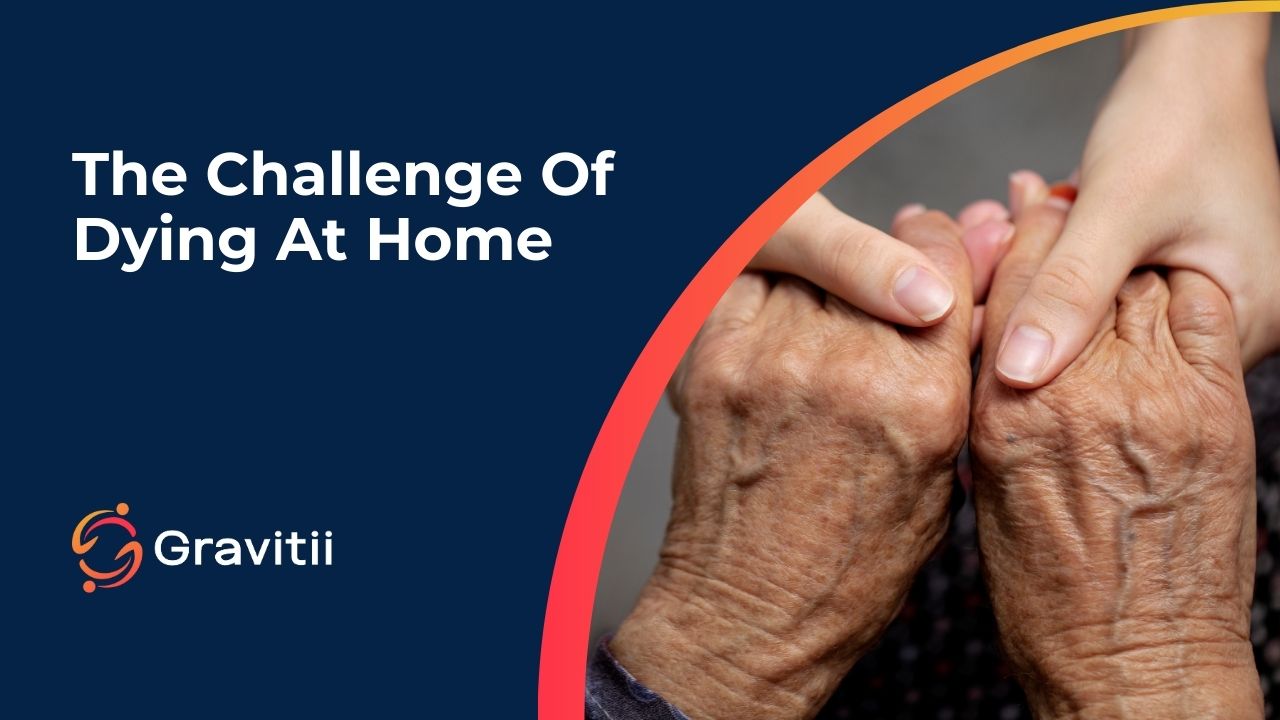In a previous article, I highlighted the challenge of defining what constitutes healthcare, particularly when it comes to our aging population. Many elderly individuals need help with activities of daily living—not because they require acute medical intervention, but because age, frailty, or cognitive decline have made it difficult for them to remain independent. This challenge blurs the line between what is healthcare and what is simply necessary support, making it particularly complex for publicly funded systems like Canada’s.
This is not just difficult emotionally for families and the dying person; it is also economically burdensome for society. Hospitals are often the most expensive way to care for those nearing the end of life, especially when the person doesn’t explicitly need medical intervention, but rather a compassionate setting where their non-medical needs are addressed. We need a more effective, compassionate approach to end-of-life care that prioritizes both the needs and the wishes of individuals.
Countries around the world are recognizing this challenge. Singapore, for instance, provides a monthly “Home Caregiving Grant” of about $400 to support lower-income seniors who need help with activities of daily living. While this is a modest amount, it makes a significant difference for families, who often face difficult choices between institutionalizing a loved one or continuing care at home. This kind of support encourages families to keep elderly relatives at home, fostering multigenerational living and enhancing quality of life.
Recent reforms in Australia were guided by a Royal Commission on Aged Care Quality and Safety, which inquired into whether services were meeting community needs. In surveys, about 70% of people would prefer to die at home, surrounded by familiar faces, places, and memories. Yet, in Australia, only about one in 20 individuals actually pass away at home. Instead, many are left spending their final days in hospital beds—places of clinical care rather than comfort—often feeling disconnected, in discomfort, and filled with regret. In Canada, we see the same trend, with a significant gap between what people want and what is possible in the current healthcare structure.
Australia’s new initiative aims to address this discrepancy in end-of-life care specifically. A $25,000 payment, fast-tracked for those with three months left to live, acknowledges the heightened needs of those nearing death and seeks to provide them the opportunity to spend their last days where they want to be—at home. This is an important recognition of both the emotional and practical dimensions of dying. As a palliative care physician, I know how meaningful it is for patients to be surrounded by their belongings, their pets, and most importantly, the people they love. This is not just about dying comfortably, but about living with dignity right up until the very end.
There are still gaps. The funding is tied to a prognosis of three months or less, and the needs of older adults with palliative conditions often begin well before the final three-month mark. To truly support people in their preference for staying at home, we need an approach that addresses their needs from the onset of a significant diagnosis, not just at the end.
It is heartening to see initiatives like those in Australia taking steps to improve the experience of dying at home. We must continue this work globally, ensuring that end-of-life care reflects what people want, not just what the healthcare system can manage. Everyone deserves to face the end of their life with comfort, dignity, and support—and ideally, in the place they’ve always called home.

